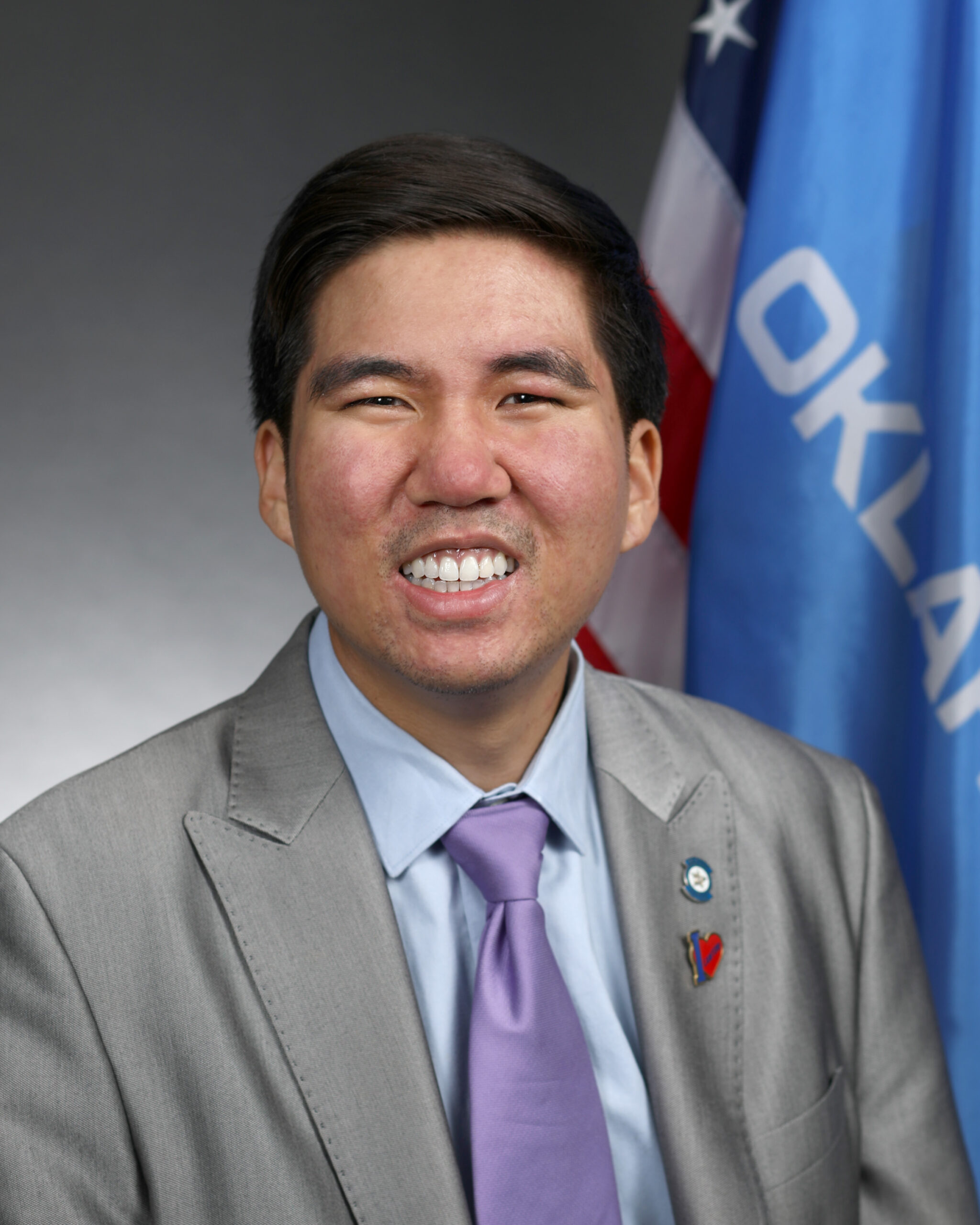The EITC: A Post-Partisan Alternative to the Minimum Wage
January 27, 2017
By Eric Essagof
The EITC: A Post-Partisan Alternative to the Minimum WageBy Eric EssagofEditor’s Note: The Millennial Voices series is written by and for Millennials to foster nonpartisan discussion. Eric Essagof is a former student at The George Washington University. The opinions expressed in this commentary are solely those of the author.Adjusting the minimum wage has been on the political agenda for the past few years:President Barack Obama has often called for the national minimum wage to be increased;State and local legislators have raised their minimum wages;Americans have used ballot initiatives to demand and implement higher wages.While this issue has seen success at the state and local level, raising the minimum wage is yet another policy proposal that has fallen victim to polarization and Congressional gridlock.It is also a policy that raises concerns among economists. Many argue that increasing the cost of labor increases unemployment to a degree that negates the benefits of a larger minimum wage.So, how else can we lift American workers out of poverty? Introducing: the Earned Income Tax Credit (EITC).Well, introducing is the wrong word. The EITC has been around since President Gerald Ford signed it into law in 1975. Since then, it has become the third largest anti-poverty program behind food stamps and Medicaid grants to states.The EITC is a refundable tax credit for low-income workers. The IRS provides working families with an amount of money relative to how much they earn at their job: The more you work, the more you earn.This tax credit is incredibly effective: the EITC helped 6.2 million Americans bring themselves over the poverty line in 2013. It achieves this goal without having a negative impact on employment. In fact, by requiring applicants to have an income, it could be argued that the EITC increases employment.There’s just one problem with the EITC: it almost completely ignores young, single, and childless workers. You must be 25 or older to receive the tax credit, and benefits increase dramatically when you have children.The maximum payout for a childless worker is $487. The maximum credit for someone with three children? $6,044. That difference is staggering, and it prevents childless workers under the age of 25 from receiving the economic boost they need.An expansion of the EITC would provide economic relief to a large number of working Americans. The unemployment rate among Americans aged 20–24 is at a troubling 10.4 percent. An expansion of the EITC requirements could provide young, unemployed Americans the incentive they need to enter the workforce.Unlike the minimum wage, the EITC proposal is post-partisan: Democrats support it because it lifts workers out of poverty using government funds. And Republicans support it because it provides an incentive for work and does not create a dependency on the government for primary income.The EITC also differs from the minimum wage because it would not put an undue burden on employers. Members of Congress can move past their differences by agreeing on their common priorities: decreasing youth unemployment and moving more Americans out of living in poverty.Eric Essagof is a former MAP Policy Intern and a student at The George Washington University.As a tax-exempt nonprofit organization governed by Section 501©(3) of the Internal Revenue Code, Millennial Action Project (MAP) is generally prohibited from attempting to influence legislative bodies in regards to policy and legislation. It is important to note guest authors frequently take firm stances on issues and policy matters that are currently being debated by policymakers; when they do, however, they speak for themselves and not for MAP, its board, council or employees.Originally published on April 07, 2015 at futurecaucus.org.
By Millennial Action Project on January 27, 2017.






Join 1,900+ BIPARTISAN LEADERS NATIONWIDE
Be a part of a network of lawmakers committed to governing effectively, passing more representative public policy, and increasing public trust in democracy.